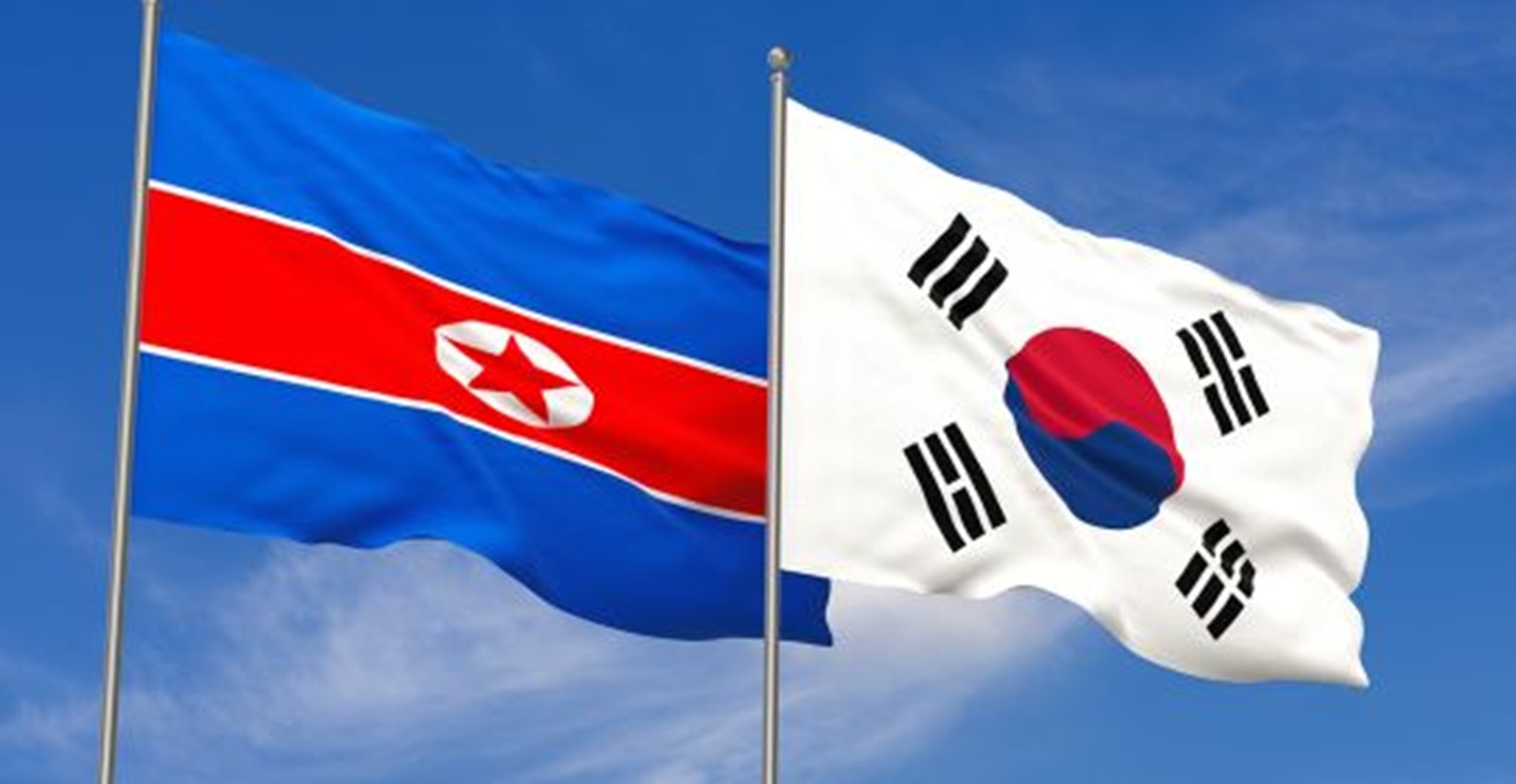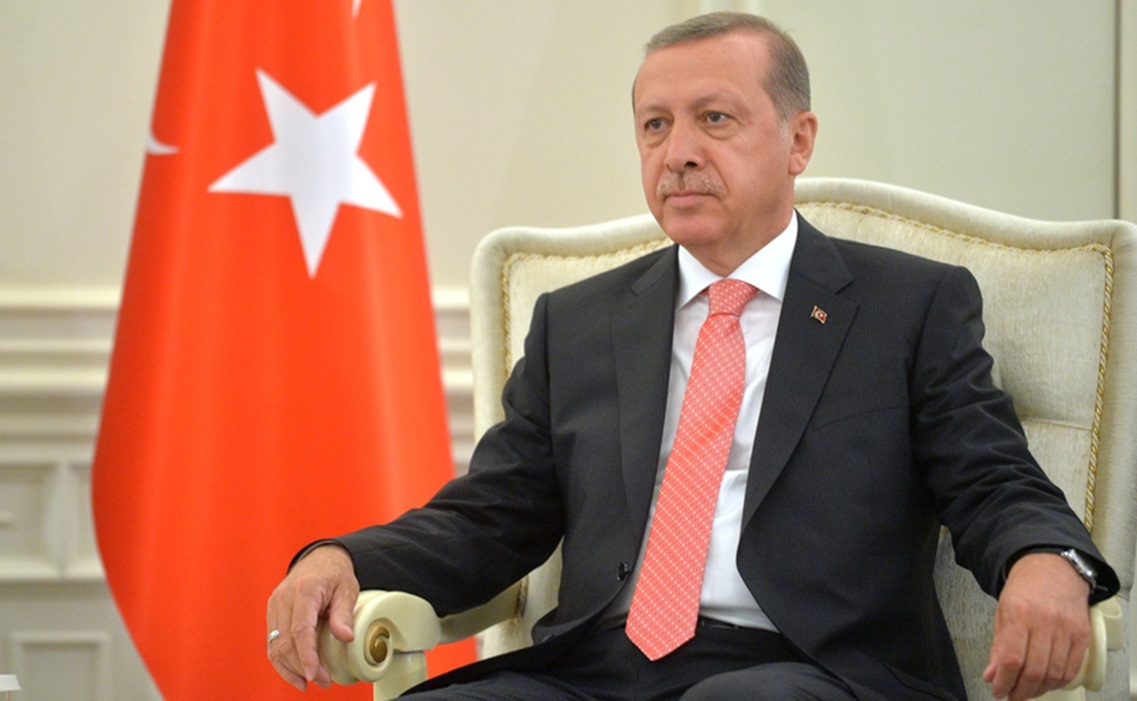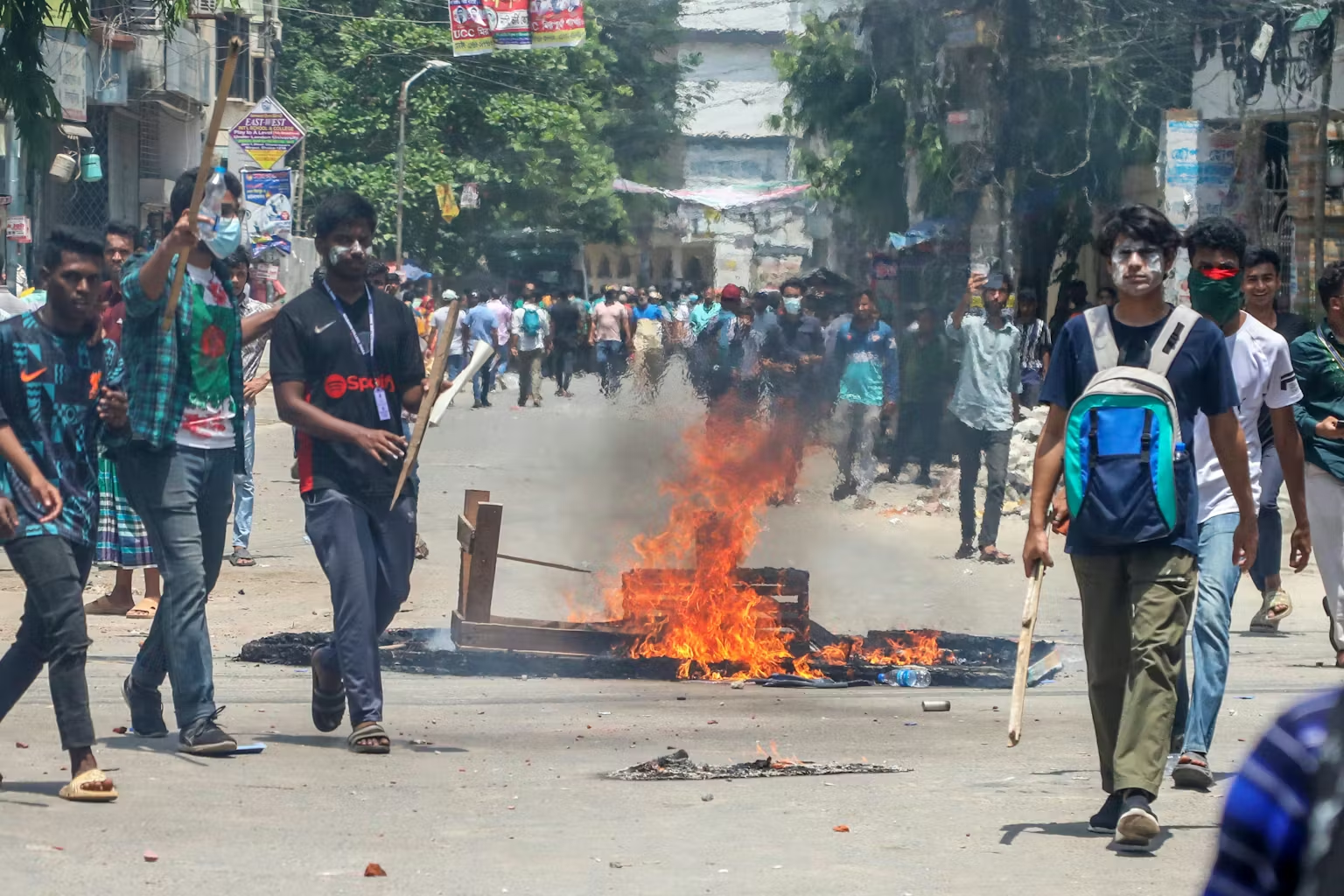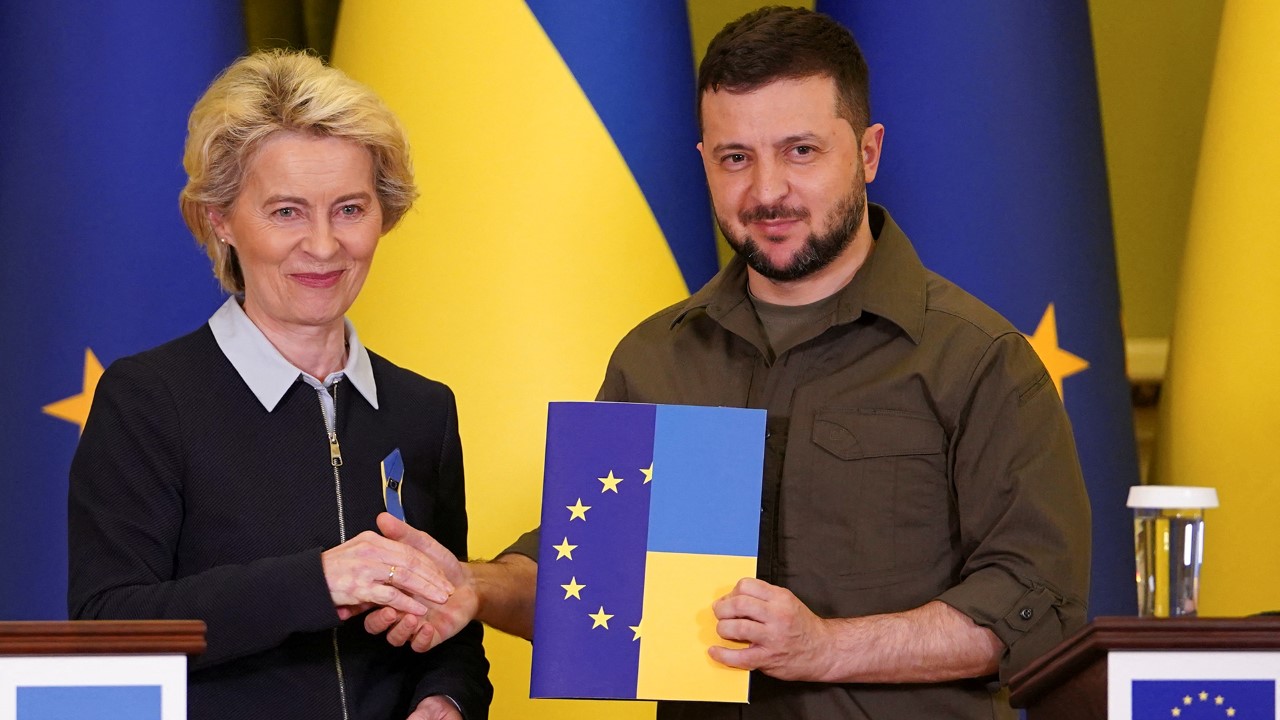This article compares the Joseon dynasty’s tributary relationship with imperial China (1392–1897) and South Korea’s 2025 diplomatic efforts under President Lee Jae-myung to re-engage with North Korea. By examining these events, the study illuminates how Korea has historically and contemporarily balanced sovereignty, employed diplomatic strategies, and navigated regional power structures. The Joseon-China tributary system exemplifies a premodern framework where Korea maintained autonomy within a Sino-centric order, while Lee’s 2025 initiatives reflect modern attempts to manage inter-Korean relations amidst global and regional tensions. Through historical records, contemporary trends, and theoretical frameworks, this analysis argues that both periods showcase Korea’s pragmatic diplomacy, though shaped by distinct ideological, geopolitical, and technological contexts.
Introduction
Korean Peninsula’s history is a tapestry of diplomatic ingenuity, where its leaders have navigated complex relationships with regional powers to preserve sovereignty and influence. In the premodern era, the Joseon dynasty (1392–1910) participated in the Chinese tributary system, a Confucian framework that structured East Asian diplomacy under the Ming (1368–1644) and Qing (1644–1912) dynasties. This system allowed Joseon to secure legitimacy, trade, and protection while maintaining significant autonomy, despite ritual subordination to China. In contrast, modern South Korea operates in a globalised, multipolar world, where inter-Korean relations are shaped by the ideological divide between North and South, nuclear tensions, and the competing influences of the United States, China, and Japan. In June 2025, South Korean President Lee Jae-myung, a progressive leader, launched a bold initiative to revive dialogue with North Korea, following a period of heightened tensions under the Yoon Suk-yeol administration (2022–2025). Lee’s actions, including the withdrawal of propaganda loudspeakers from the Demilitarised Zone (DMZ) and proposals for economic cooperation, aim to de-escalate tensions and foster reconciliation. This article compares the Joseon-China tributary system with South Korea’s 2025 inter-Korean diplomacy to explore three key questions: How did Joseon and modern South Korea negotiate sovereignty in their respective contexts? What diplomatic strategies were employed to engage with a dominant or challenging counterpart? How did regional power dynamics shape these interactions? By addressing these questions, the study highlights Korea’s enduring diplomatic resilience and the evolution of its strategies across centuries.
Historical Context: The Joseon-China Tributary System (1392–1897)
The Joseon dynasty, founded in 1392 by King Taejo (Yi Seong-gye), entered the Chinese tributary system in 1401 to secure legitimacy after overthrowing the Goryeo dynasty. The system, rooted in Confucian cosmology, positioned China as the “Empire of the Middle,” with tributary states like Joseon, Vietnam, and Thailand acknowledging its symbolic supremacy through rituals and tribute missions. In return, tributaries received imperial investiture, trade privileges, and nominal protection, reinforcing regional stability.
Mechanisms and Practices
Tributary missions were the cornerstone of Joseon-China relations, dispatched annually or triennially to Beijing. These delegations, comprising officials, scholars, interpreters, and merchants, carried goods such as ginseng, furs, horses, and hanji paper, receiving valuable Chinese items like silk, books, and porcelain in return. The economic exchange was often asymmetrical, with China’s “gifts” exceeding the tribute’s value, functioning as a form of subsidised trade. Beyond economics, missions facilitated cultural and intellectual exchange. Korean scholars, particularly those of the Silhak (Practical Learning) movement in the 18th century, imported reformist ideas, technologies, and texts, enriching Joseon’s Confucian scholarship. Diplomatically, the missions were meticulously orchestrated by Joseon’s Yejo (Ministry of Rites) and Sungkyunkwan (Confucian Academy), ensuring adherence to Confucian protocols, such as the kowtow before the Chinese emperor. These rituals symbolised Joseon’s place in the Sino-centric order but did not entail political subjugation. Joseon governed its internal affairs independently, maintained a standing army, and conducted parallel diplomacy with Japan (via Tsushima) and the Jurchen tribes. The missions also served as intelligence-gathering operations, with envoys reporting on Chinese politics, military developments, and regional threats.
Implications for Sovereignty
Joseon’s participation in the tributary system was a pragmatic compromise that preserved significant sovereignty. While ritually subordinate, Joseon controlled its laws, bureaucracy, and foreign policy with non-Chinese neighbours. The system reinforced domestic legitimacy, as Chinese investiture validated Joseon kings in the eyes of Confucian elites. It also provided strategic benefits, notably during the 1592–1598 Japanese invasions (Imjin Wars), when Ming forces bolstered Joseon’s defence against Toyotomi Hideyoshi’s armies, cementing Sino-Korean solidarity. However, the system faced challenges, particularly during the Ming-Qing transition (1644). Joseon, deeply loyal to the Ming, viewed the Manchu-led Qing as “barbarians” and resisted their authority. This led to two Qing invasions (1627 and 1636), with the 1636 Byeongja Horan forcing King Injo to submit, sever Ming ties, and send hostages, including the crown prince, to Qing. This humiliation spurred the sojunghwa (“Little China”) ideology, where Joseon elites claimed cultural superiority as the true heirs of Confucian civilisation, preserving intellectual autonomy despite Qing dominance.
Decline
The tributary system thrived in the 18th century, with vibrant cultural exchanges, but declined in the 19th century as Qing China weakened amid internal rebellions (e.g., Taiping Rebellion, 1850–1864) and Western imperialism (e.g., Opium Wars). The 1882 Imo Incident, a military mutiny in Seoul, prompted Qing intervention, reducing Joseon to a semi-colonial state under the 1882 China-Korea Treaty. Japan’s victory in the First Sino-Japanese War (1894–1895) ended the tributary system, with the Treaty of Shimonoseki declaring Joseon “independent” but effectively paving the way for Japanese colonisation by 1910.
Contemporary Context: South Korea’s 2025 Inter-Korean Diplomacy
In June 2025, President Lee Jae-myung assumed office following a contentious election, succeeding Yoon Suk-yeol, whose administration faced criticism for declaring martial law in 2024 and adopting a hardline stance toward North Korea. Yoon’s policies, including intensified joint military drills with the United States and resuming propaganda broadcasts along the DMZ, escalated tensions, with North Korea conducting frequent missile tests and labelling South Korea an “enemy state” in 2024–2025. Lee, a progressive advocate of the “Sunshine Policy,” sought to reverse this trajectory, prioritising de-escalation and dialogue.
Mechanisms and Practices
Lee’s diplomacy combines symbolic gestures with practical incentives. In July 2025, South Korea dismantled propaganda loudspeakers along the DMZ, a move echoing the 2018 Panmunjom Declaration’s spirit of reconciliation. Lee proposed humanitarian aid (food, medical supplies) and economic projects, such as reviving the Kaesong Industrial Complex, to address North Korea’s economic isolation while navigating UN sanctions. Diplomatic efforts include backchannel negotiations, potentially via China, and public overtures at international forums like the ASEAN Summit. These actions leverage South Korea’s economic and technological strengths, including its globally influential cultural exports (Hallyu), to project soft power.
Implications for Sovereignty
South Korea’s 2025 initiatives reflect a complex negotiation of sovereignty. As a sovereign state, South Korea asserts its right to shape inter-Korean policy, yet it faces constraints: North Korea’s nuclear arsenal, US alliance obligations, and China’s regional ambitions. Lee’s engagement policy seeks to reclaim agency in peninsula affairs, countering the narrative of South Korea as a “shrimp between whales” caught in the US-China rivalry. However, domestic opposition from conservatives, who prioritise US alignment, and North Korea’s unpredictable responses (e.g., missile tests) challenge this autonomy. Unlike Joseon’s ritual subordination, South Korea’s sovereignty is formal but practically limited by external and internal pressures.
Regional Power Dynamics
The 2025 Asia-Pacific is a multipolar arena. The United States, potentially under a second Trump administration, pressures South Korea to counter China, while China seeks to mediate inter-Korean talks to expand its influence. North Korea exploits these tensions, using its nuclear program to extract concessions. Japan, despite economic ties with South Korea, remains a cautious partner due to historical grievances from the 1910–1945 colonial period. South Korea’s Hallyu (K-pop, dramas) enhances its global soft power, but its diplomatic room for manoeuvre is constrained by these competing powers.
Comparative Analysis
1. Negotiation of Sovereignty
- Joseon-China Tributary System: Joseon maintained robust internal sovereignty within the tributary system, governing its laws, economy, and non-Chinese foreign relations. Ritual subordination (tribute, kowtows) was a diplomatic formality, not political subjugation. The sojunghwa ideology during the Qing era preserved cultural autonomy, asserting Joseon’s Confucian legitimacy despite military coercion. However, events like the 1636 Qing invasion exposed vulnerabilities, highlighting the limits of sovereignty under a militarily superior hegemon.
- 2025 Inter-Korean Diplomacy: South Korea enjoys formal sovereignty but faces practical constraints. Lee’s engagement policy asserts diplomatic initiative, yet North Korea’s nuclear threat and US-China rivalry limit autonomy. Domestic polarisation—progressives favouring engagement, conservatives prioritising US alignment—further complicates sovereignty. Unlike Joseon’s ritual gestures, South Korea’s challenge is navigating ideological and military pressures without a clear hegemon, reflecting a fragmented global order.
Parallel: Both Joseon and South Korea balanced sovereignty with external demands, using diplomacy to preserve agency.
Contrast: Joseon operated in a hierarchical, Confucian order with a single hegemon, while South Korea navigates a multipolar, ideologically divided world, where sovereignty is constrained by alliance dynamics and domestic politics.
2. Diplomatic Strategies
- Joseon-China Tributary System: Joseon employed ritual diplomacy, with tribute missions serving economic, cultural, and intelligence purposes. These missions, orchestrated by Confucian institutions, balanced deference with pragmatism, securing trade and protection. Resistance, as during the Qing transition, was cultural (sojunghwa) rather than military, reflecting adaptation to a stronger power. Scholars like Park Ji-won used missions to advocate reforms, demonstrating intellectual agency.
- 2025 Inter-Korean Diplomacy: Lee’s strategy blends symbolic de-escalation (loudspeaker removal) with economic incentives (Kaesong revival), echoing the Sunshine Policy’s focus on mutual benefit. Multilateral engagement, via China or ASEAN, contrasts with Joseon’s bilateral focus, reflecting modern globalisation. Unlike Joseon’s ritual gestures, Lee’s diplomacy addresses a peer state (North Korea) with a shared history but divergent ideologies, requiring delicate trust-building amidst nuclear risks.
Parallel: Both periods showcase Korea’s use of symbolic and economic diplomacy to engage a challenging counterpart, leveraging cultural and material assets.
Contrast: Joseon’s diplomacy was ritualistic and hierarchical, rooted in Confucian norms, while South Korea’s is pragmatic and multilateral, addressing a divided nation in a globalised context
3. Regional Power Dynamics
- Joseon-China Tributary System: The Sino-centric order positioned China as the regional hegemon, with Joseon as a favoured tributary alongside Vietnam and Thailand. Stability depended on China’s strength, disrupted by Qing invasions and 19th-century Western imperialism. Joseon navigated this hierarchy, leveraging Ming support against Japan but struggling under Qing coercion, particularly after 1636.
- 2025 Inter-Korean Diplomacy: The Asia-Pacific lacks a single hegemon, with US-China rivalry, North Korea’s nuclear leverage, and Japan’s economic influence shaping dynamics. Lee’s diplomacy seeks a middle path, using South Korea’s economic clout (Hallyu, technology) to project soft power, unlike Joseon’s reliance on Confucian legitimacy. North Korea’s provocations and superpower rivalries create a volatile environment, contrasting with the tributary system’s relative predictability.
Parallel: Both Joseon and South Korea navigated complex regional power structures, leveraging cultural and economic assets to maintain influence.
Contrast: Joseon’s world was Sino-centric and stable until the 19th century, while 2025’s multipolar environment is dynamic, with no clear hierarchical order, complicating diplomatic strategies.
Theoretical Frameworks
Comparison benefits from two theoretical lenses:
- Hegemonic Stability Theory: The Joseon-China system aligns with this theory, where China’s hegemony provided regional stability, and Joseon’s participation ensured benefits like trade and protection. In 2025, the absence of a clear hegemon creates instability, with South Korea navigating competing powers (US, China) and a non-hegemonic North Korea.
- Soft Power Theory: Joseon’s sojunghwa ideology and South Korea’s Hallyu reflect soft power, enhancing cultural influence within constrained political contexts. Joseon used Confucian legitimacy to assert autonomy, while South Korea leverages K-pop and technology to bolster its global standing, supporting Lee’s diplomatic overtures.
Discussion
A comparison reveals Korea’s enduring diplomatic pragmatism. In the premodern era, Joseon used the tributary system to secure stability and autonomy, adapting to China’s dominance through ritual and cultural assertion. In 2025, South Korea will employ economic incentives and symbolic gestures to engage North Korea, navigating a fragmented regional landscape. Both periods highlight Korea’s ability to assert agency, whether as a tributary state or a middle power. Key parallels include the use of symbolic diplomacy (tribute missions, loudspeaker removal) and economic engagement (trade, Kaesong proposals) to manage stronger or challenging counterparts. Both Joseon and South Korea leveraged cultural assets—Confucianism and Hallyu—to enhance influence. However, the contexts differ significantly. The tributary system offered a predictable, hierarchical framework, whereas inter-Korean relations in 2025 are volatile, shaped by nuclear risks, ideological divides, and globalised pressures. Joseon’s cultural resistance (sojunghwa) finds no direct parallel, as South Korea’s challenge is unifying domestic and international support for engagement. The historical memory of the tributary system may influence modern South Korean diplomacy, particularly in perceptions of China. Joseon’s view of the Qing as “barbarians” resonates faintly in South Korea’s scepticism toward China’s regional ambitions, though the US alliance and global norms dominate contemporary strategy. Lee’s initiatives also reflect a modern evolution of Joseon’s multilateral diplomacy, engaging China and ASEAN to counterbalance US influence, unlike Joseon’s bilateral focus on China.
Conclusion
Joseon-China tributary system and South Korea’s 2025 inter-Korean diplomacy reflect Korea’s historical and ongoing efforts to balance sovereignty with external pressures. Joseon navigated a Sino-centric order through ritual diplomacy, preserving autonomy within a hierarchical framework. South Korea, in a multipolar world, employs economic and multilateral strategies to engage North Korea, asserting agency amidst superpower rivalries and domestic divides. Both periods demonstrate Korea’s resilience, though the premodern era relied on Confucian hierarchy and the modern era grapples with ideological and geopolitical complexity. Future research could explore how historical narratives of the tributary system shape South Korea’s foreign policy identity, particularly in engaging China, North Korea, and global partners.
Title image courtesy: Asia Pacific Foundation
Disclaimer: The views and opinions expressed by the author do not necessarily reflect the views of the Government of India and Defence Research and Studies

References
- Bohnet, Adam. Turning Toward Edification: Foreigners in Chosŏn Korea. Honolulu: University of Hawai’i Press, 2020.
- Lee, Ji-Young. China’s Hegemony: Four Hundred Years of East Asian Domination. New York: Columbia University Press, 2016.
- Gries, Peter Hayes, et al. “Historical Beliefs and the Perception of Threat in Northeast Asia: Colonialism, the Tributary System, and China-Japan-Korea Relations in the Twenty-First Century.” International Relations of the Asia-Pacific, 9 (2009): 245–265.
- Kang, David C. East Asia Before the West: Five Centuries of Trade and Tribute. New York: Columbia University Press, 2010.
- “Joseon.” Wikipedia, accessed July 2, 2025.
- “Tributary System of China.” Wikipedia, accessed July 2, 2025.
- “Qing Invasion of Joseon.” Wikipedia, accessed July 2, 2025.
- “History of Sino-Korean Relations.” Wikipedia, accessed July 2, 2025.
- Hypothetical news sources on Lee Jae-myung’s 2025 policies, based on trends as of October 2023.






